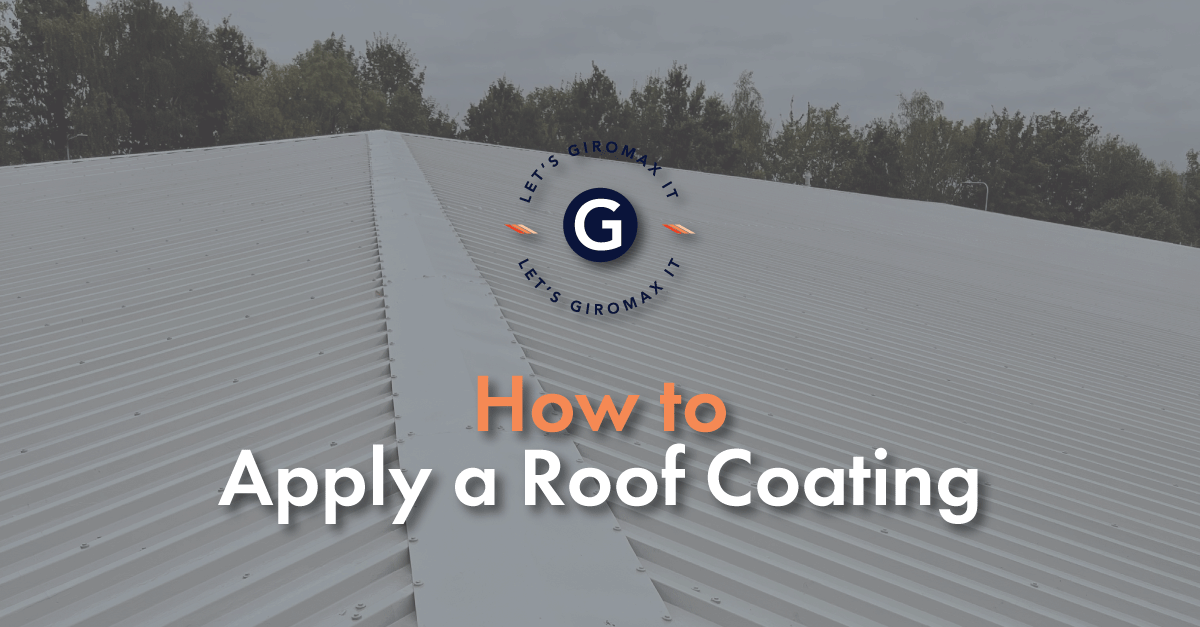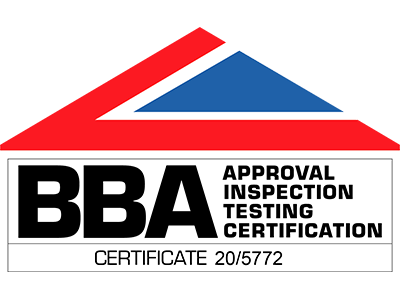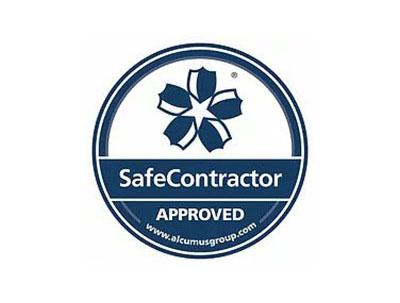How to Apply a Roof Coating
Knowing how to apply a roof coating effectively involves planning, damage repair, specific preparation and application methods.
One of the most important ways to protect an industrial building is by maintaining the roof. Knowing how to apply a roof coating effectively will extend the lifespan of your roof and save you considerable costs in the long run. In this step-by-step guide, we look at the correct process for a successful roof coating application.
Step 1: Create a Plan of Action
Before applying a roof coating, it’s essential to create a plan of action. First, you will need to survey the roof for damage. If there is limited access to the roof, this may involve scaffolding and equipment hire such as a cherry-picker. The Health & Safety Executive (HSE) provides working at height guidance, which will need to be followed to ensure contractor safety.
As the British weather can be challenging for contractors, aim to schedule works during more favourable seasons. Spring and autumn are preferable, due to the more ambient temperatures, which will affect how the coating cures. Most of our coatings, for example, should be applied at temperatures over 5 degrees and below 30 degrees. Our product range can also be applied in damp conditions, greatly reducing contractor downtime because of rain.
Step 2: Wear Appropriate Clothing
Wearing the right clothing during the application process is crucial for safety. Contractors should wear personal protective equipment (PPE), such as gloves, goggles, and long sleeves to prevent skin contact. Although our products are low in solvent and contain low isocyanates, there is still a potential risk of skin irritation.
The HSE has a helpful guide to what should be worn on a construction site, which is also applicable to working on industrial rooftops.
Step 3: Prepare the Roof Area
The correct preparation of the roof area is the key to achieving optimal results. Start by thoroughly cleaning the roof surface to remove any dirt, debris, or contaminants. This ensures proper adhesion of the coating and prevents any imperfections in the final finish. For metal profiled roofs, we recommend manually or mechanically preparing the surface using the Swedish Standard Classifications for Surface Preparation.
Edge curl can occur when old coatings such as plastisol have not been removed from roof sheets. Our Technical Services Managers often visit sites where heavy delamination is present, requiring an intensive level of surface preparation. If any islands of plastisol remain after cleaning, we recommend feathering these to reduce the risk of edge curl. Correct preparation is essential to a ensure a top quality finished surface.
Step 4: Repair Any Minor Roof Damage
When the roof was inspected, any minor damage should have been identified. Careful inspection of areas surrounding skylights, air vents, and air conditioning units is crucial. The sealant used around these features can crack and may need repairing prior to the coating being applied. Also, check the cut edge of any metal roof sheets. When exposed to the elements, this can lead to cut edge corrosion, which can spread across the metal sheets.
Any damage must be repaired before applying a roof coating. This will help to prevent water ingress and further damage to the roof structure or inside the building.
Step 5: Apply the Coating onto the Roof
Now it’s time to apply the roof coating. Mark Smith, our Technical Services Manager for the southern region of the UK, recommends dividing the roof area into sections. This enables the coating to be applied to each demarcated zone and avoids excessive product use.
Our Giromax® Roofcoat for profiled steel sheets is a specially designed, one-coat system, which is durable and elastomeric. Moisture tolerant, it can be applied in damp conditions and offers superior resistance to impact and dirt.
We also supply Giromax® Roofcoat for asbestos cement roofs, which provides total encapsulation of any hazardous fibres and is fully moisture tolerant.
Dependant upon the level of corrosion present on the roof sheets, you may need to apply a Basecoat over the entire roof. If you need to treat cut edge corrosion, Giromax® Edgecoat is our market-leading solution. Also moisture tolerant, this product uses laminar flake technology, and treats the top side of the cut edge.
Step 6: Let the Coating Dry and Cure
After applying the coating, allow sufficient time for it to dry and cure fully. The timing will depend on the ambient temperature. Always apply roof coatings within the recommended temperature range to ensure maximum durability and effectiveness. It’s important to prevent any foot traffic or exposure to severe weather conditions during the curing process. This helps to prevent a substandard finish, which can prevent our guarantee from being issued.
Conclusion
By following the above steps, you can be assured of an effective roof coating application. Not only will this prolong the life of the roof with our 25 year material guarantee, but it will also protect the building, both externally and internally. A weathered or corroded roof is at risk of water ingress, which can cause significant and costly damage to building interiors, products and equipment.
At Giromax®, our Technical team and Technical Services Managers work closely with our clients to ensure the correct application of our product range. Our coating experts will guide you through the entire process, from specifying the right product to preparation and application advice.
If you have any questions or need technical assistance, please speak to our team or call 01455 558969 today.
Get updates from us
Sign up to our newsletter to receive all the latest news and insights from Giromax Technology.
Subscribe to NewsletterRelated articles
5 Reasons why Dilapidation Surveys are Important
Dilapidation surveys protecting your roof investment, ensuring compliance and safety standards, and accurate repair and maintenance planning.
5 Common Cladding Issues and How to Fix Them
Common cladding issues include cracking and structural damage, water ingress and moisture-related problems. We explore ways to fix cladding.
5 Commercial Roofing Industry Trends & Innovations in 2025
The latest commercial roofing industry trends include smart roofing technology, IoT, sustainable roofing solutions and advanced roof coatings…









